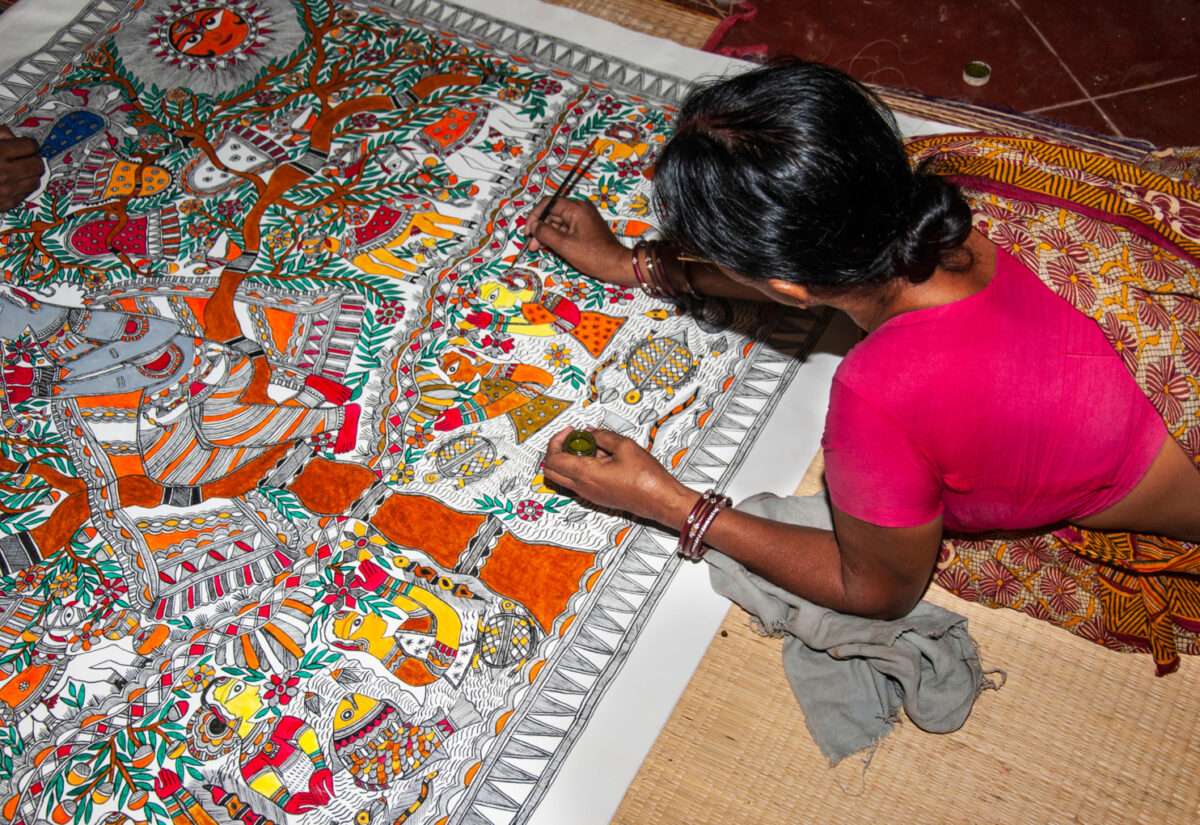Cultural Significance of Indigenous Art: Preserving Heritage
- indigenousartsfoundation
- September 16, 2021

I
ndia is a country with many different cultures and customs, and it has an extraordinarily rich history of indigenous art forms. These artistic displays, which range from rich folk dances to detailed tribal paintings, represent years of tradition, legacy, and identity. In this blog, we explore the cultural value of indigenous art in India and its vital role in preserving the nation’s rich cultural legacy.
Exploring the Diversity of Indigenous Art:
Indigenous Indian art is as diverse as the nation itself, with unique creative traditions found in every area of the nation. These artistic expressions, which range from the Pattachitra of Odisha to the Gond art of Madhya Pradesh, and from the Warli paintings of Maharashtra to the Madhubani art of Bihar, capture the delicate cultural differences and beliefs of the people who produce them. Indigenous painters use elaborate patterns, vivid colors, and symbolic themes to tell tales about their culture and way of life.
Preserving Traditional Techniques:
The preservation of traditional methods and craftsmanship is one of the most significant functions of indigenous art in India. Traditions that are spoken and apprenticeships are common ways for indigenous art forms to be passed down, with master artisans teaching the following generation their knowledge and abilities. These traditional skills, which range from the elaborate block printing of Gujarat to the magnificent Chikankari embroidery of Uttar Pradesh, are preserved, thanks to the skill and commitment of artists who are dedicated towards protecting their cultural legacy.
“Indigenous art is not just a reflection of heritage; it is a sacred language, preserving the wisdom, stories, and spiritual essence of our ancestors, ensuring their voices resonate through time.”
Social Unity & Cultural Identity:
Indian societies’ social structure is tightly bound with the threads of indigenous art. At religious ceremonies, festivals, and community get-togethers, art forms including tribal dances and folk music are essential for building social unity and identity development. Communities encourage connections and affirm their common cultural history by engaging in artistic practices together. Indian indigenous art forms are living representations of long-standing customs and cultural identities. These artistic forms remind us of the vast diversity that defines India and help us feel connected to our heritage through their elaborate shapes, vivid colors, and timeless tales. In addition to honoring the legacy of our ancestors, we make sure that future generations will value and enjoy the cultural heritage that genuinely defines India by promoting and protecting indigenous art.






